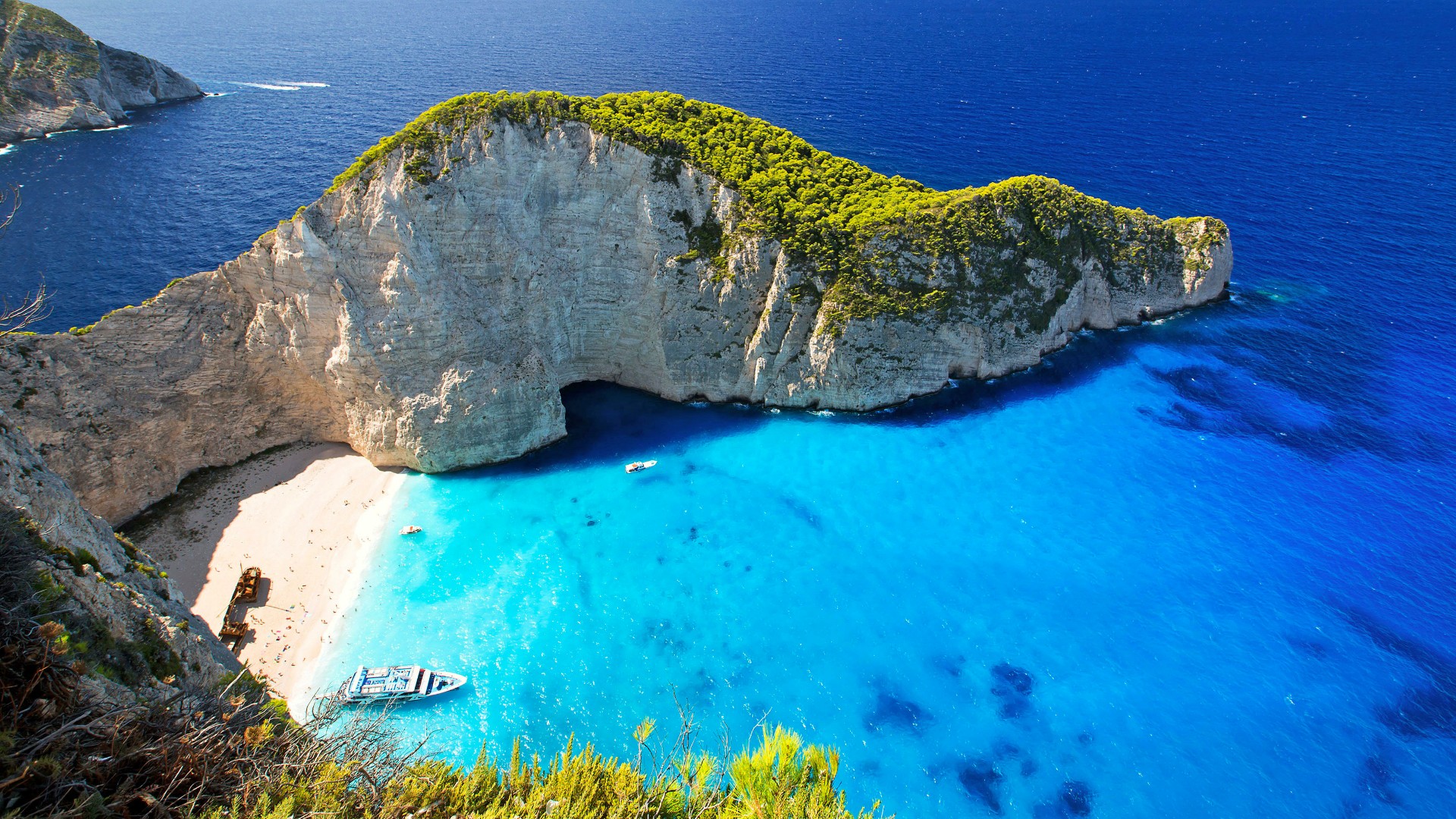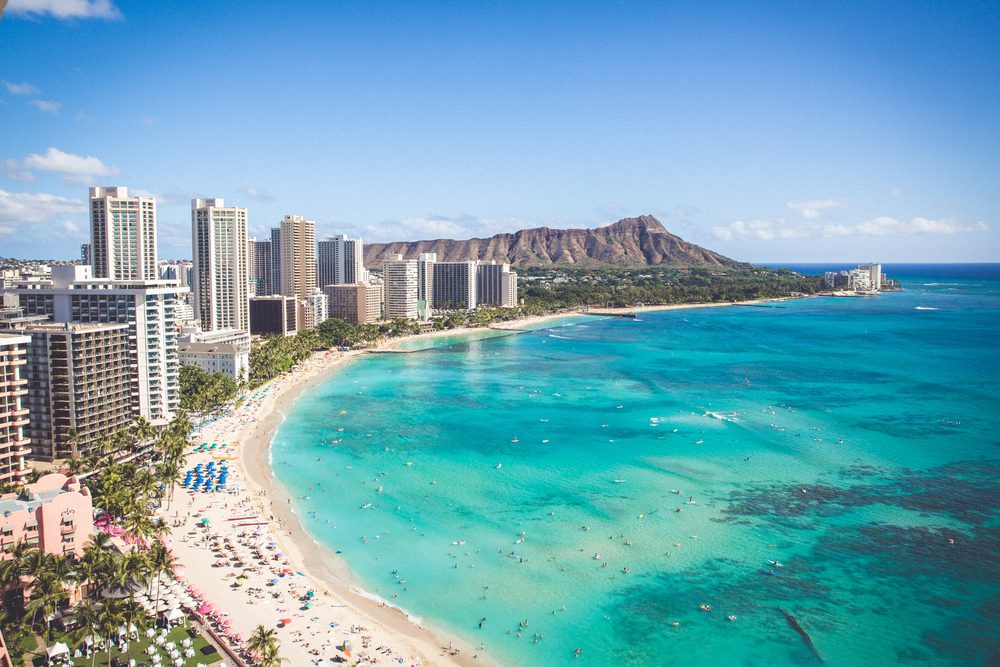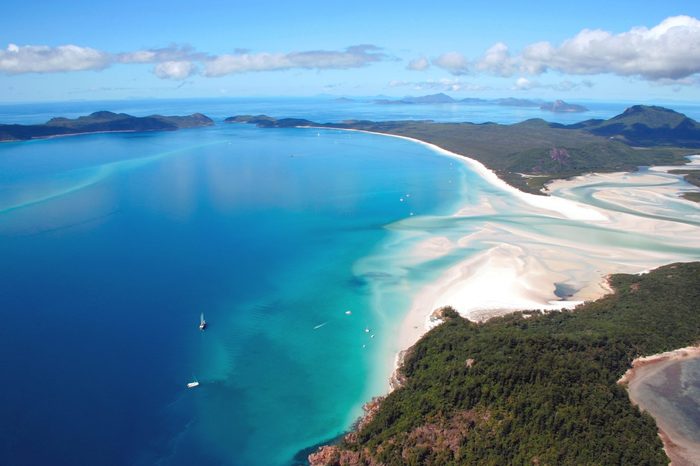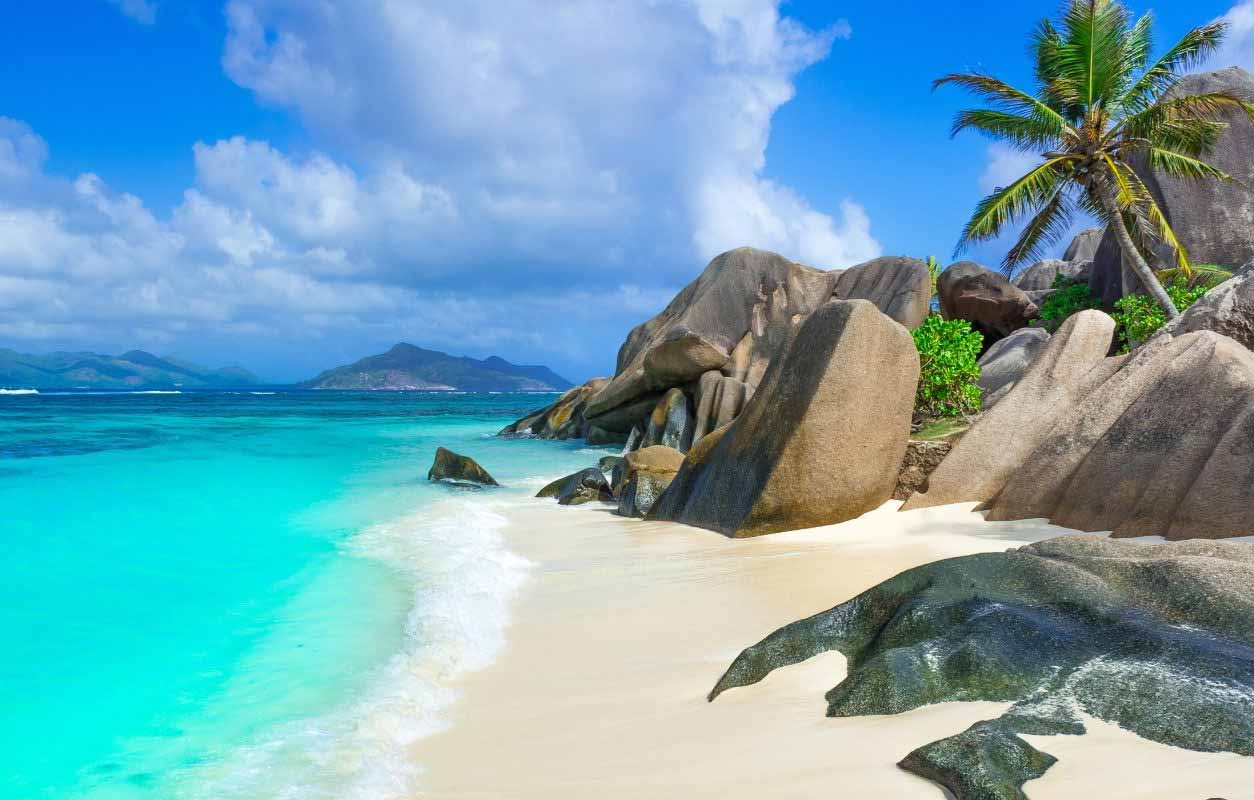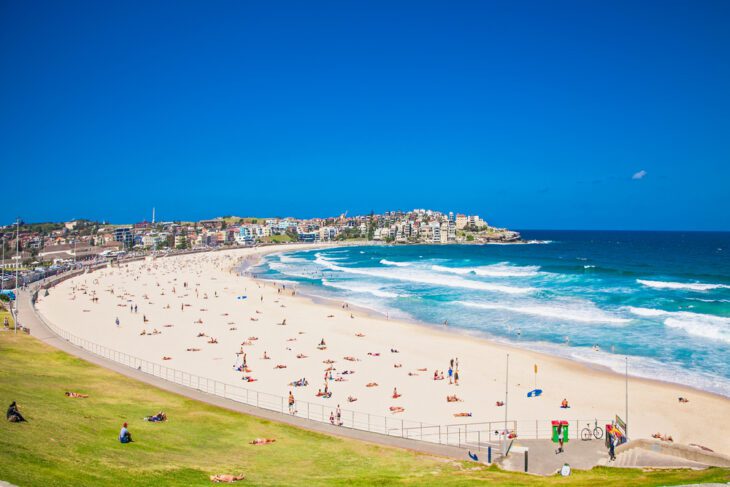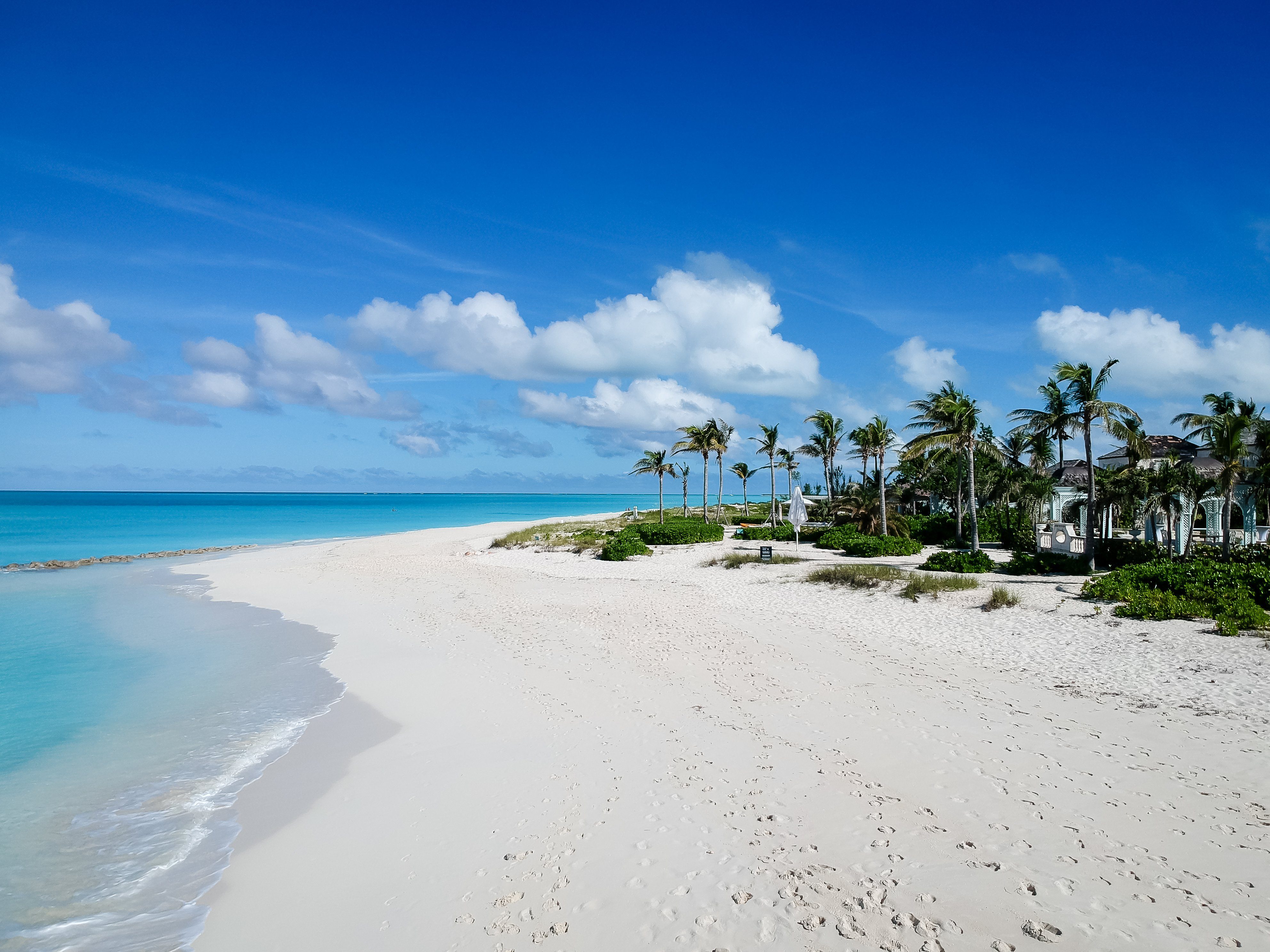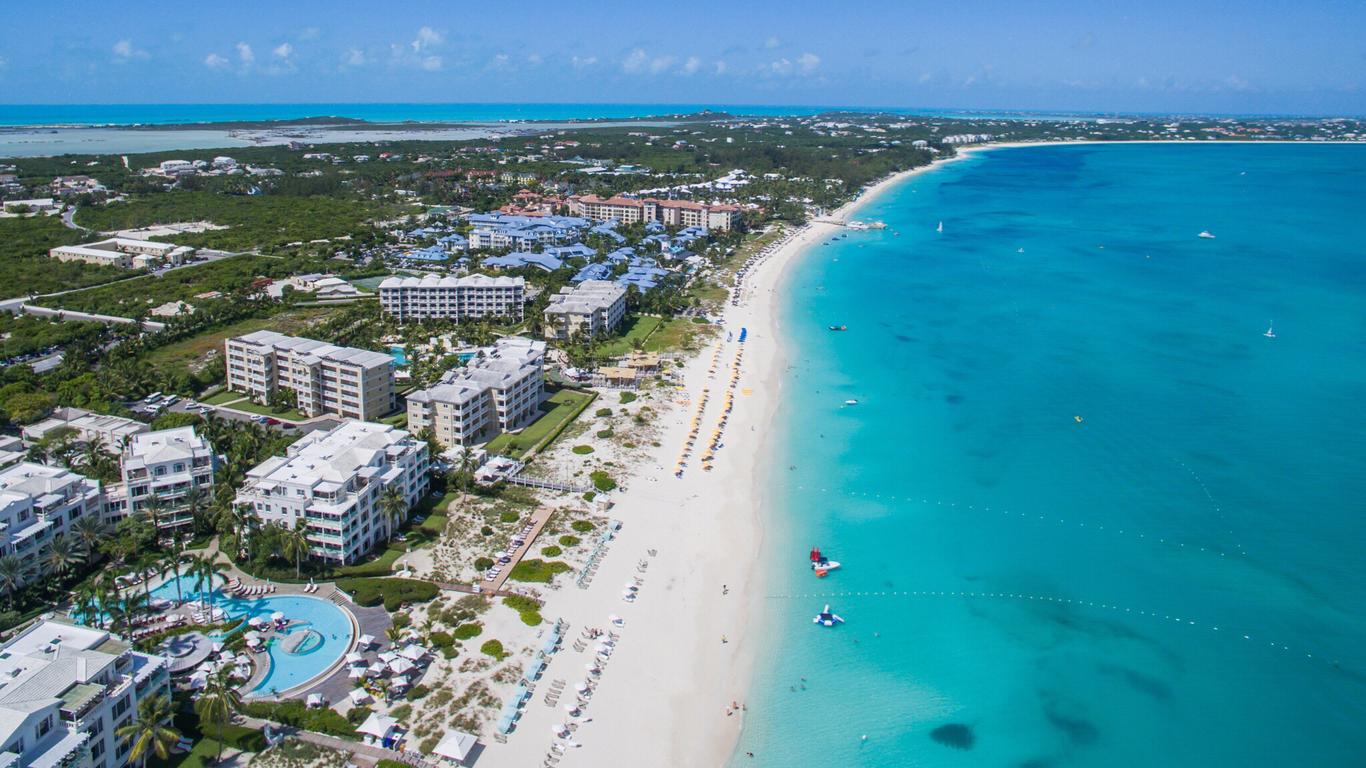Most Visited Beaches In The World

The world’s coastlines, adorned with stretches of sand and kissed by turquoise waters, are magnets for travelers. These beaches represent more than just idyllic landscapes; they are economic engines, cultural touchstones, and biodiversity hotspots. Yet, the very popularity that sustains them also threatens their existence, raising critical questions about sustainability and the responsible management of these precious resources.
This article delves into the world's most frequented beaches, exploring their allure, the challenges they face, and the measures being implemented to preserve them for future generations. We will examine visitor statistics, environmental impacts, and conservation efforts, providing a comprehensive overview of the delicate balance between tourism and sustainability in these iconic coastal destinations.
Iconic Shores: A Global Overview
Pinpointing the definitively "most visited" beach globally is a complex task, given the variability in data collection methods and the fluidity of tourism trends. However, certain beaches consistently rank among the most popular, drawing millions of visitors annually.
Copacabana Beach in Rio de Janeiro, Brazil, is a prime example, renowned for its vibrant atmosphere, iconic boardwalk, and stunning views. Estimates suggest that Copacabana attracts several million visitors each year, particularly during events like New Year's Eve and Carnival.
Similarly, South Beach in Miami, Florida, is a perennial favorite, famed for its Art Deco architecture, lively nightlife, and soft sands. The Miami-Dade County tourism authority reports consistently high visitor numbers, contributing significantly to the region's economy.
Beyond the Americas, beaches in Europe and Asia also hold significant appeal. Barceloneta Beach in Barcelona, Spain, is a popular destination, easily accessible and brimming with cultural attractions. Its popularity is reflected in Barcelona's overall tourism figures, which consistently place it among Europe's top destinations.
Asia's Coastal Gems
Asia boasts a diverse range of popular beaches. Patong Beach in Phuket, Thailand, remains a major draw despite past controversies. It's known for its lively atmosphere, water sports, and proximity to various attractions.
Waikiki Beach in Honolulu, Hawaii, though technically located in the United States, draws a significant number of visitors from Asian countries. Its iconic status, calm waters, and surf-friendly waves make it a global favorite.
These beaches highlight the diverse appeal of coastal destinations. They attract visitors seeking relaxation, recreation, cultural immersion, and natural beauty.
The Double-Edged Sword: Tourism's Impact
The immense popularity of these beaches brings significant economic benefits, supporting local businesses, creating jobs, and driving infrastructure development. However, this influx of visitors also exerts considerable pressure on the environment.
Pollution is a major concern. Increased foot traffic often leads to littering, while wastewater runoff from hotels and restaurants can contaminate the water. This degradation of water quality can harm marine life and render the beach less appealing to visitors.
Erosion is another critical issue. The sheer volume of people traversing the sand can destabilize the dunes, making the beach more vulnerable to storms and rising sea levels. Furthermore, the construction of hotels and other infrastructure can disrupt natural coastal processes, exacerbating erosion.
Damage to marine ecosystems is also a consequence. Activities like snorkeling and diving, while popular, can damage coral reefs if not properly managed. Overfishing in nearby waters can further disrupt the delicate balance of marine life.
These environmental challenges underscore the urgent need for sustainable tourism practices. Failure to address these issues could ultimately diminish the very allure that makes these beaches so popular.
Protecting Paradise: Conservation Efforts and Sustainable Tourism
Recognizing the threats posed by unsustainable tourism, various initiatives are being implemented to protect these iconic beaches. These efforts range from government regulations to community-based conservation programs.
Regulations aimed at limiting development near the shoreline are crucial. Zoning laws and building codes can prevent the construction of structures that disrupt natural coastal processes. Furthermore, regulations regarding waste disposal and wastewater treatment are essential to minimize pollution.
Sustainable tourism initiatives are also gaining traction. These initiatives promote responsible travel practices, such as reducing waste, conserving water, and supporting local businesses. Eco-tourism operators are increasingly offering tours that minimize environmental impact.
Community involvement is vital for long-term success. Engaging local communities in conservation efforts can foster a sense of stewardship and ensure that the benefits of tourism are shared equitably. Education programs can raise awareness among both visitors and residents about the importance of protecting the environment.
The Blue Flag program, an international certification for beaches and marinas, promotes sustainable practices. Awarded based on criteria such as water quality, environmental management, and safety, the Blue Flag serves as a benchmark for responsible tourism.
The United Nations Environment Programme (UNEP) also plays a crucial role, advocating for sustainable coastal management and providing technical assistance to countries seeking to protect their beaches.
Looking Ahead: The Future of Coastal Tourism
The future of the world’s most visited beaches hinges on the successful implementation of sustainable tourism practices. Addressing the challenges of pollution, erosion, and ecosystem damage requires a concerted effort from governments, businesses, and individuals.
Investing in infrastructure that minimizes environmental impact is crucial. This includes upgrading wastewater treatment plants, developing sustainable transportation systems, and promoting energy efficiency.
Educating visitors about responsible travel practices is also essential. Encouraging them to reduce waste, respect local cultures, and support sustainable businesses can significantly reduce their environmental footprint.
Ultimately, the preservation of these iconic beaches depends on a shift in mindset. We must recognize that these are not merely destinations for leisure, but also fragile ecosystems that require our protection. Only through responsible stewardship can we ensure that future generations will have the opportunity to enjoy the beauty and bounty of these coastal treasures.




